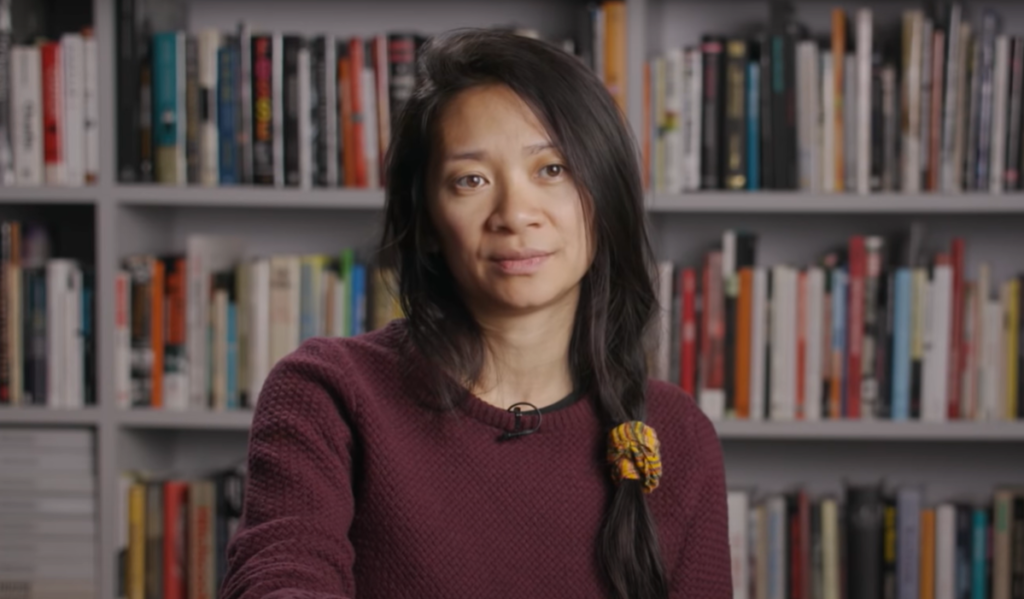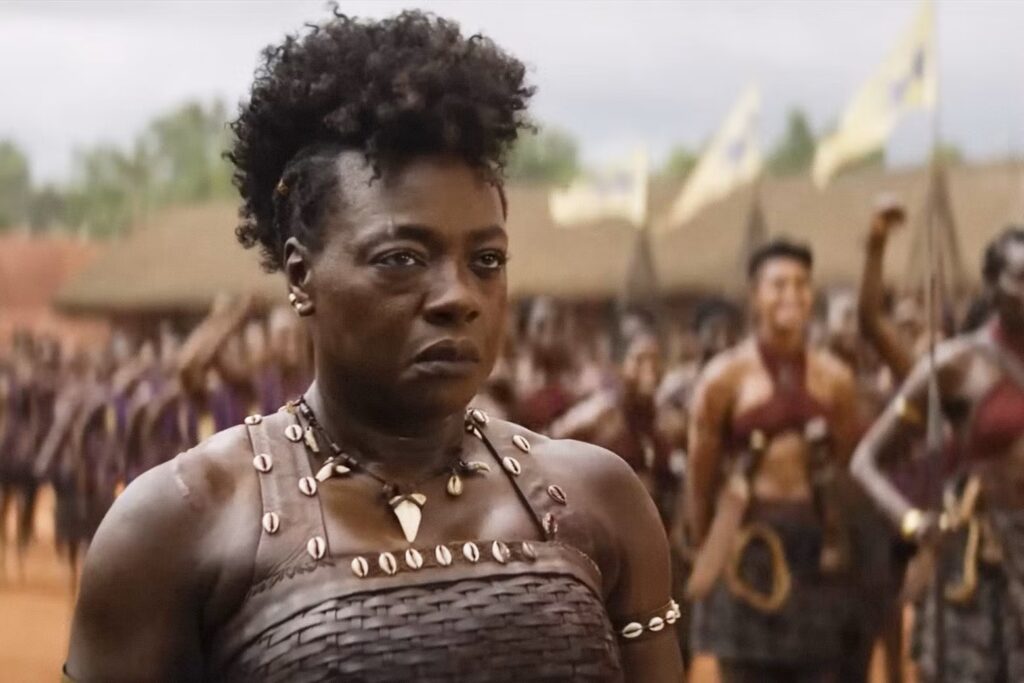Less than a week after the publication of the latest “Inclusion in the Director’s Chair?” report comes another in-depth study about women’s representation in 2017 film. The research, Dr. Martha Lauzen’s annual Celluloid Ceiling report, also paints a fairly dismal picture: women accounted for only 18 percent of the directors, writers, producers, executive producers, editors, and cinematographers on 2017’s top 250 films at the domestic box office. “This is virtually the same percentage of women working in these roles 20 years ago,” a press release for the study notes.
“The film industry has utterly failed to address the continuing under-employment of women behind the scenes,” Lauzen commented. “This negligence has produced a toxic culture that supported the recent sexual harassment scandals and truncates so many women’s careers.”
With the success of women-helmed films like “Wonder Woman” and “Lady Bird,” you might think that 2017 was a watershed year for female directors, and in some ways it was — but the numbers provided by The Center for the Study of Women in Television and Film show just how far we are from achieving equality. Women accounted for 11 percent of those who directed top 250 grossing films, a four percent increase from 2016 but level with 2000. “2016 was a poor year for women’s employment as directors. Because fewer women directed films in 2016, it would not be surprising to see the percentage rebound in 2017 as a part of the normal fluctuation in these numbers,” Lauzen explained.
The 2017 Celluloid Ceiling report also examines the number of women who worked on the year’s top 100 and 500 films. Women comprised 16 percent of the 100 highest-grossing films’ directors, writers, EPs, producers, editors, and cinematographers. Women represented 21 percent of all directors, writers, EPs, editors, and cinematographers on the top 500 movies. The numbers on both the highest-grossing 100 and 500 films are slightly higher than their 2016 counterparts, but mark no change from 2015.
Considering the energy that’s still emanating from Sunday’s Golden Globes — it very much feels that women in Hollywood are done with being mistreated, ignored, or relegated to the background — the new Celluloid Ceiling research is especially demoralizing. And the numbers are likely even worse for women of color, women over 40, and LGBTQ-identifying women. (Unlike the Annenberg Inclusion Initiative, the authors behind the Celluloid Ceiling only consider gender in their findings.) For example, the Inclusionists found that only seven women of color helmed top-grossing films over the past 11 years. Overall, women comprised just four percent of the top films’ directors since 2007.
Obviously, it’s important to look at gender when examining who gets to make movies and what movies end up being made. However, intersectionality is key. Hollywood’s problems are systemic and interconnected — you need to look at the whole picture to fully understand them.
Check out highlights from the 2017 Celluloid Ceiling research below. You can read the full report on the Center for the Study of Women in Television and Film’s website.
Top 250 Films
Considers the behind-the-scenes employment of 3,011 individuals
- Women comprised 11 percent of all directors. Eighty-eight percent of the films had no female directors.
- Women accounted for 11 percent of writers. Eighty-three percent of the films had no female writers.
- Women comprised 19 percent of all executive producers. Forty-five percent of the films had no female EPs.
- Women accounted for 25 percent of all producers. Twenty-eight percent of the films had no female producers.
- Women comprised 16 percent of all editors. Eighty percent of the films had no female editors.
- Women accounted for four percent of all cinematographers. Ninety-six percent of the films had no female cinematographers.
- Women comprised three percent of composers. This represents no change from 2016. Ninety-eight percent of films had no female composers in 2017.
- Women accounted for eight percent of supervising sound editors. Ninety-two percent of films had no female supervising sound editors.
- Women comprised five percent of sound designers. Ninety-six percent of films had no female sound designers.
Top 100 Films
Considers the behind-the-scenes employment of 1,564 individuals
- Overall, women accounted for 16 percent of all directors, writers, executive producers, producers, editors, and cinematographers working on the top 100 films.
- Women comprised eight percent of directors.
- Women accounted for 10 percent of writers.
- Women comprised 15 percent of executive producers.
- Women accounted for 24 percent of producers.
- Women comprised 14 percent of editors.
- Women accounted for two percent of cinematographers.
Top 500 Films
Considers the behind-the-scenes employment of 4,633 individuals
- Overall, women accounted for 21 percent of all directors, writers, executive producers, producers, editors, and cinematographers.
- By genre, the largest percentage of women, relative to men, worked in documentaries (30 percent), followed by comedies (23 percent), dramas (22 percent), sci-fi features (20 percent), animated features (19 percent), horror features (18 percent), and action features (13 percent).
- Women comprised 18 percent of directors.
- Women accounted for 16 percent of writers.
- Women comprised 21 percent of EPs.
- Women accounted for 28 percent of producers.
- Women comprised 18 percent of editors.
- Women accounted for six percent of cinematographers.
- On films with at least one female director, women comprised 68 percent of writers. On films with exclusively male directors, women accounted for 8 percent of writers.
- On films with at least one female director, women comprised 32 percent of editors. On films with exclusively male directors, women accounted for 14 percent of editors.
- On films with at least one female director, women comprised 15 percent of cinematographers. On films with exclusively male directors, women accounted for three percent of cinematographers.
- On films with at least one female director, women comprised 12 percent of composers. On films with exclusively male directors, women accounted for two percent of composers.







